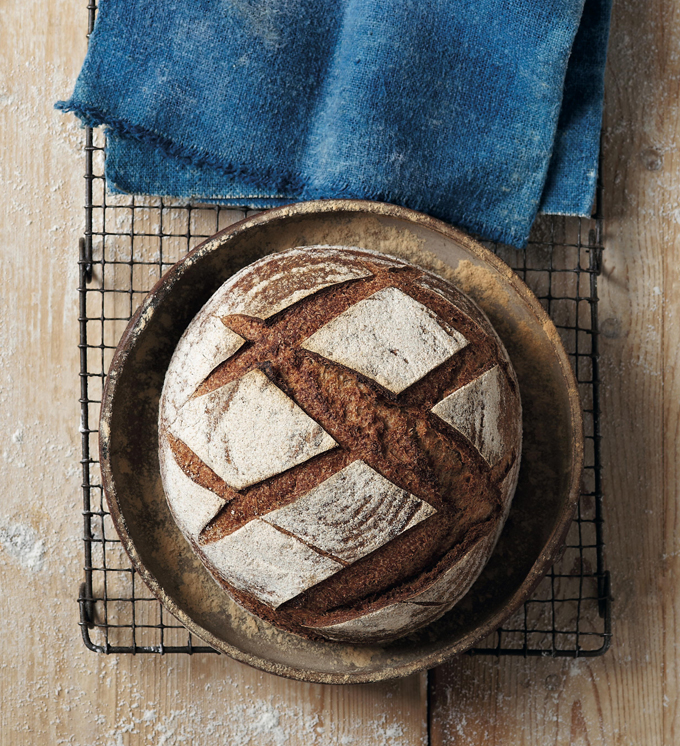Reference Number: 12
Year: 2016
Link: Link to original paper
Nutrition: Minerals | Phytic acid
Lactic Acid Bacteria: Heterofermentative | Homofermentative
Summary

Abstract
Phytases are enzymes capable of sequentially dephosphorylating phytic acid to products of lower chelating capacity and higher solubility, abolishing its inhibitory effect on intestinal mineral absorption. Genetic constructions were made for expressing two phytases from bifidobacteria in Lactobacillus casei under the control of a nisin-inducible promoter. L. casei was able of producing, exporting and anchoring to the cell wall the phytase of Bifidobacterium pseudocatenulatum. The phytase from Bifidobacterium longum spp. infantis was also produced, although at low levels. L. casei expressing any of these phytases completely degraded phytic acid (2 mM) to lower myo-inositol phosphates when grown in MRS medium. Owing to the general absence of phytase activity in lactobacilli and to the high phytate content of whole grains, the constructed L. casei strains were applied as starter in a bread making process using whole-grain flour. L. casei developed in sourdoughs by fermenting the existing carbohydrates giving place to an acidification. In this food model system the contribution of L. casei strains expressing phytases to phytate hydrolysis was low, and the phytate degradation was mainly produced by activation of the cereal endogenous phytase as a consequence of the drop in pH. This work shows the capacity of lactobacilli to be modified in order to produce enzymes with relevance in food technology processes. The ability of these strains in reducing the phytate content in fermented food products must be evaluated in further models.
Introduction
The impact of diet on health has led to an increasing demand for functional foods, where high fiber products, as whole grain meal, play an important physiological role in the maintenance of general well-being and health. Epidemiological findings indicate a protective role of whole grain foods against several diseases such as diabetes, certain cancers, cardiovascular disease and obesity, including an improved regulation of blood glucose levels (McIntosh et al., 2003). Refined grains are characterized by a limited nutritional value, whereas whole grains are a better source of fiber, vitamins, minerals and other biologically active compounds as phenolic compounds, lignans, phytosterols and phytic acid. Processing may modify the amount and bioavailability of some of them (Slavin, 2004).
Sourdough fermentation is a traditional process employed since ancient times in baking (Katina et al., 2005). Generally, the microbiota involved in sourdough fermentation is composed of yeasts and lactic acid bacteria (LAB), which represent the majority of the sourdough’s microbiota, with counts ranging from 108 to 109 CFU per g of sourdough. The strains of LAB most frequently found in sourdough belong to the species Lactobacillus sanfranciscensis, Lactobacillus brevis and Lactobacillus plantarum (De Vuyst and Neysens, 2005). During sourdough fermentation LAB produce a number of metabolites which have been shown to have a positive effect on the texture and staling of bread, e.g. organic acids, exopolysaccharides (EPS) and/or enzymes (Arendt and Dal Bello, 2007). This results in an enhancement of the nutritional and sensory quality of bread (Katina et al., 2005). The sourdough could also increase the bioavailability of minerals.
As was mentioned above, whole grain cereals contain significant amounts of phytic acid (myo-inositol (1,2,3,4,5,6)-hexakisphosphate, InsP6) or its salts (phytates). The phytic acid is an organic acid common in plants which functions in the storage of phosphorus and cations for growth and it is a well-known inhibitor of mineral, proteins and trace element bioavailability (Sandberg et al., 1999). Notwithstanding, some works have reported positive effects of phytate as antioxidant, anti-diabetes or anti-cancer agent (Kumar et al. 2010).
Significance of the study to the baker
Sourdough bread, thanks to the fermentation process, benefits from greater nutritional and sensory qualities. The lactic acid bacteria produces metabolites which are good for the texture and staling of the bread.
Whole grain cereals contain significant amounts of phytic acid or its salts (phytates), which functions in the storage of phosphorus, calcium, magnesium and other minerals present in whole grains for growth and it is a well-known inhibitor of minerals, proteins and trace element absorption when whole grains are ingested. Although some researchers have reported positive effects of phytate as an antioxidant, this paper focuses on the mechanism of how minerals from wholegrains can be absorbed and utilised by us to their full potential. Sourdough results in phytate hydrolysis thereby decreasing the negative effects on mineral absorption and ensuring minerals from whole grains are more readily absorbed when ingested thereby positively affect human health.

